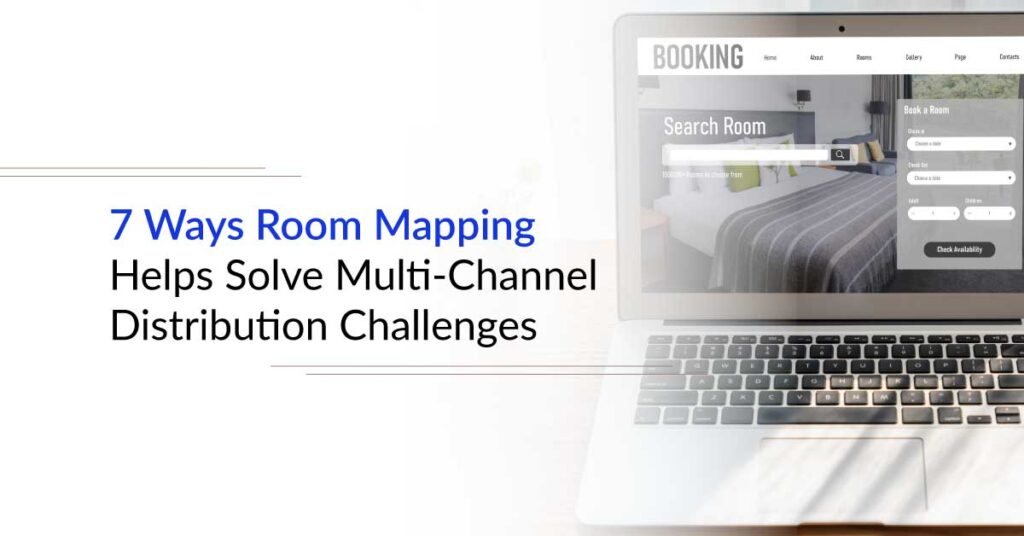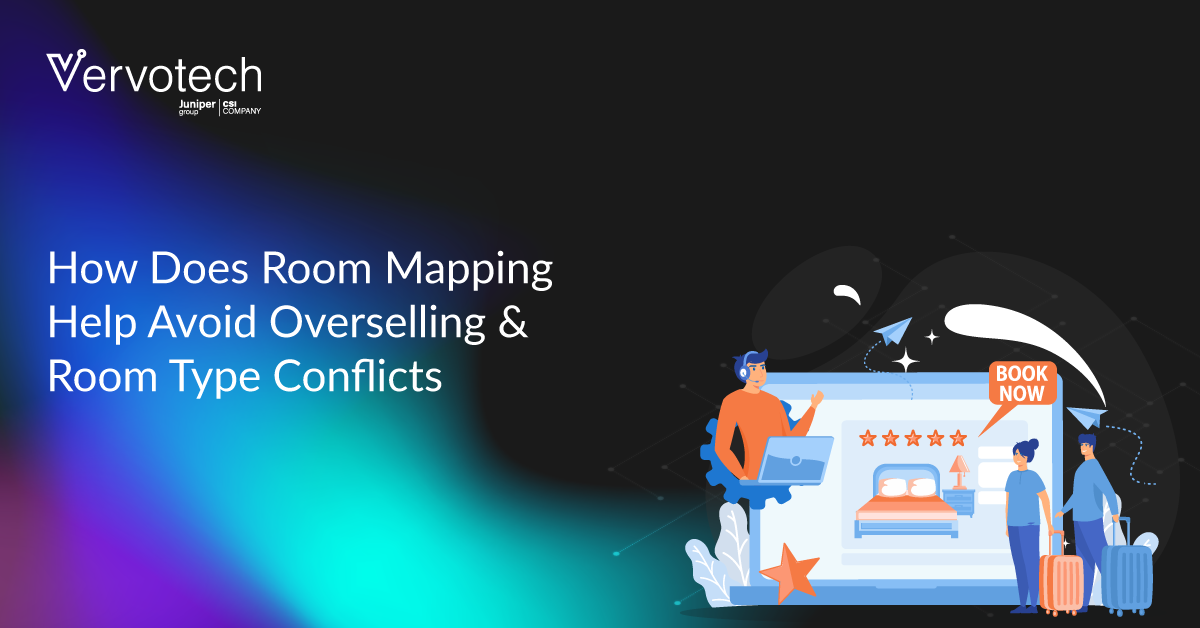The Hotel Booking Puzzle: How Room Mapping Makes a Difference
Imagine booking a room online, only to arrive at the hotel and find that the room you thought you reserved doesn’t exist- or worse, it’s different from what you expected. This is a common issue in the hotel industry, where hotels list their rooms across multiple booking platforms like Expedia, Booking.com, and Agoda. Each platform may describe and categorize rooms differently, leading to confusion for both travelers and hotel managers.
Room mapping is the solution to this problem. It ensures that the same room type is correctly matched across all distribution channels, making bookings seamless, preventing errors, and maximizing revenue.
Let’s explore seven ways room mapping helps overcome multi-channel distribution challenges.
1. Eliminates Duplicate Listings
Many hotels list the same room under different names on various platforms. For example, a “Deluxe Ocean View Room” on one site might be called a “Premium Sea-Facing Room” on another. Without proper room mapping, a hotel could unknowingly sell the same room twice, leading to overbookings and customer dissatisfaction. Room mapping standardizes room names and attributes, preventing confusion.
2. Prevents Overbooking & Underbooking
When room data is inconsistent across multiple channels, hotels run the risk of overbooking—where the same room is sold multiple times- or underbooking, where available rooms go unlisted due to misclassification. Room mapping syncs availability in real-time, ensuring that what’s shown on one platform matches the others.
Example:
A boutique hotel in Paris lists rooms on three platforms. Without room mapping, it might sell a “King Suite” on two platforms without realizing they’re the same. With room mapping, the hotel can manage inventory better and avoid awkward conversations with frustrated guests.
Also Read – How to Choose the Best Room Mapping API
3. Improves Price Consistency Across Platforms
Hotels often set different prices for the same room on different platforms to remain competitive. However, if the pricing isn’t mapped correctly, a customer might find the same room at a lower rate elsewhere, leading to revenue loss. Room mapping ensures pricing is accurate across channels, preventing discrepancies and maintaining profitability.
4. Enhances Guest Experience with Accurate Information
A traveler choosing a hotel room expects consistent information across booking sites. If one platform lists a room as having a sea view while another does not, the guest may feel misled upon arrival. Room mapping guarantees that every listing accurately reflects the room’s features, leading to better guest satisfaction and fewer complaints.
Example:
A resort in Bali has “Garden Villas” and “Beachfront Villas.” A travel agency lists all villas as beachfront, misleading customers. Proper room mapping ensures that each villa type is correctly categorized, avoiding disappointment upon check-in.
5. Streamlines Operations for Hotel Staff
Managing inventory manually across multiple platforms is time-consuming and error-prone. Hotel staff must constantly update room availability, pricing, and descriptions, which can lead to inconsistencies. Room mapping automates this process, reducing administrative workload and allowing staff to focus on enhancing guest experiences.
6. Boosts Revenue Through Optimized Distribution
When room inventory is scattered across different platforms without proper mapping, some rooms may remain unbooked due to lack of visibility. Room mapping ensures that all rooms are correctly linked and listed, increasing exposure and boosting occupancy rates.
Example:
A large chain hotel with multiple room categories notices that some rooms are frequently left unsold. Implementing room mapping helps them identify that these rooms were incorrectly classified, preventing them from appearing in search results. Once fixed, occupancy rates increase.
7. Reduces Cancellations and No-Shows
Mismatched room data can lead to unexpected cancellations. If a traveler books a room with certain expectations but finds conflicting information later, they may cancel their booking. Room mapping eliminates confusion, ensuring guests receive exactly what they expect, reducing cancellations and no-shows.
Final Thoughts
In the highly competitive hospitality industry, accuracy in room distribution is crucial. Room mapping helps hotels avoid overbookings, maintain pricing consistency, improve guest satisfaction, and streamline operations. With the Room Mapping tech, hotels can maximize revenue and provide a seamless booking experience for guests.
If you’re a hotel owner or manager struggling with multi-channel distribution challenges, it’s time to explore room mapping solutions. A well-mapped inventory can be the difference between frustrated guests and a thriving business.







